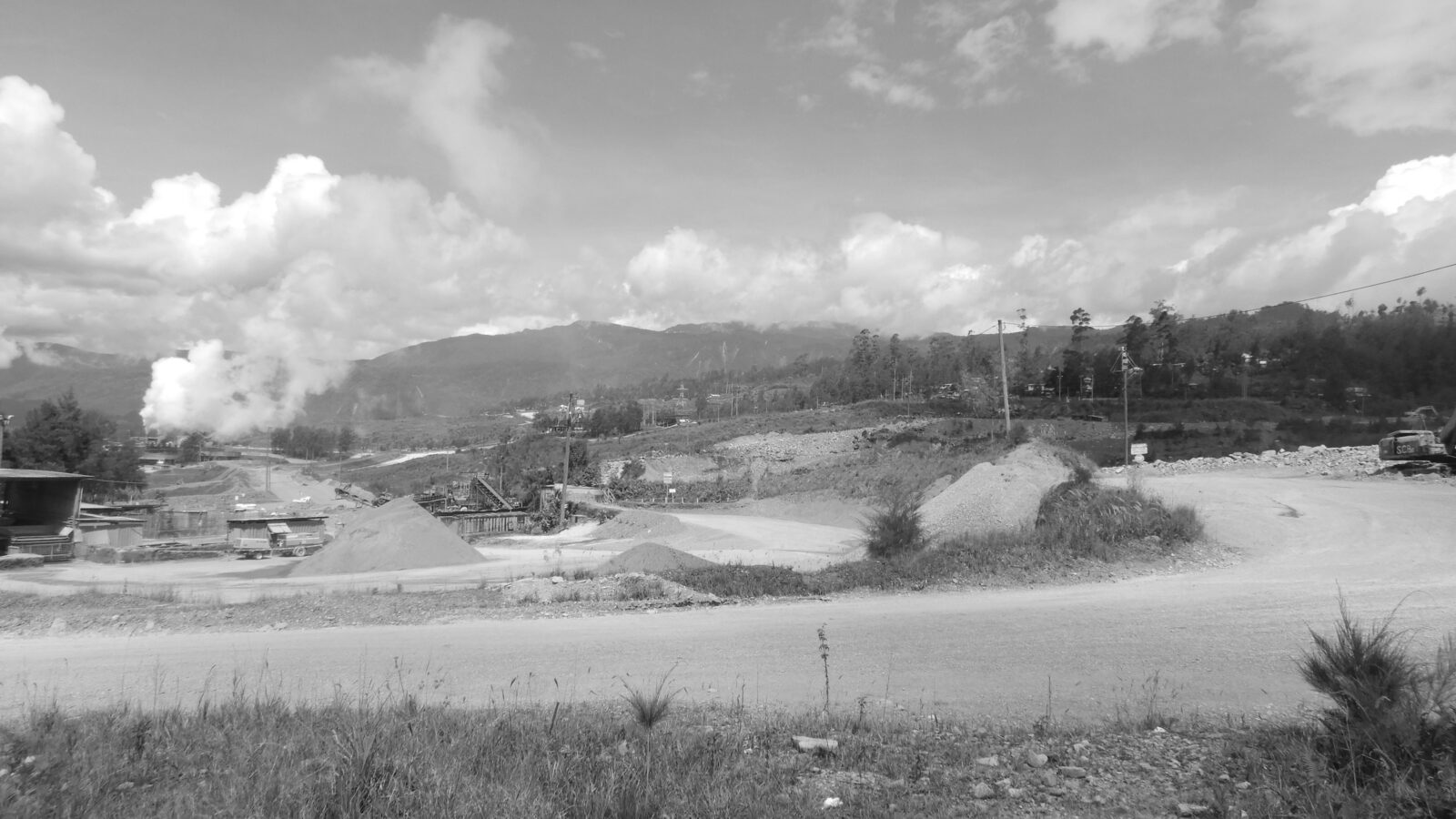Papua New Guinea (PNG): Transport Safety and Risk

The Porgera Gold Mine, operated by Barrick Niugini at the time, was supported with freight delivered by road. This road was the notoriously hazardous 800km Highlands (Okuk) Highway. The hazards include narrow and broken roads, landslips, mountain passes, pedestrians, dangerous driving practices by other road users and criminal activity. The Porgera Gold mine would receive more than 3500 truckloads of cargo a year, including machinery, oversize loads, fuel and dangerous goods such as explosives and cyanide.
Mark Krueger was the new Country Supply Manager for Barrick’s operations in PNG, and was astounded by the number of significant incidents relating to truck transport and issues on the highway. Amplified by the unique cultural characteristics of the PNG Highlands, many of these incidents also strained the mine’s social and community relations. The incidents would include lost or looted loads, rollovers, delays due to breakdown or non-compliance and ‘rascal’ gang attacks. Often the facts were hard to verify, and the causes seemed many and varied. What concerned Mark most of all was the ‘normalisation’ of the issue with many stakeholders and even mine and transport operator staff themselves. The problems had been going on for years, and every conversation pointed to something or someone else as the cause and problem. The cost of the issue was significant, both financially and in terms of reputation and community.
Being tenacious, and never to shy away from a challenge or responsibility, Mark figured something had to be done to improve the situation and so launched a mission to make a difference. The first step of measuring, reporting and investigating each and every incident verified the scale of the problem but also started providing insights into the contributing factors that were within the organisation’s control. Armed with these insights, Mark built collaborative groups of stakeholders to look at the causes and identify actions.
These were broad but included identifying that most of the trucks looted by opportunists followed a breakdown or inability to get moving again due to not having spares such as tyres, or spare load restraint equipment.
Ensuring every truck was in the best serviceable condition and carried the required spares became a focus that made a difference. Some contractors had poor visibility of their fleet once they embarked on the 3-day journey, and drivers who were less than ethical took advantage of this. Therefore, safe and agreed overnight stop locations, en route checks and later GPS-based tracking were introduced. Our newfound collective of well-informed company owners and stakeholders also found the opportunity to effectively engage with road repair elements, police, and other regulatory bodies to address high-risk areas of the road.
In summary, the many initiatives had a substantial impact to return safety, an acceptable level of risk and collective best practices to the transporters. Both the mine, but also the transporters and communities on the road benefited from these actions. By estimating the tangible financial costs of each incident, and tracking the downward trend in incidents, a significant financial saving was achieved. But most importantly, a commitment to quality, problem-solving and mutual interest was achieved which continued to grow for many years after.
